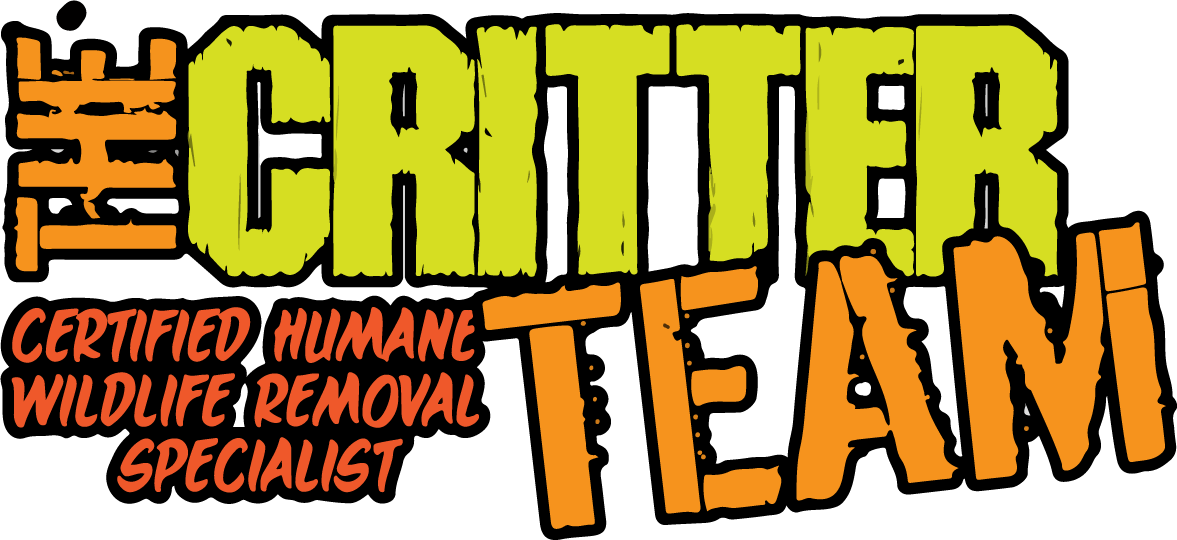Texas is home to a diverse range of snake species, some of which are venomous and pose a potential threat to humans, while others are harmless and play an important role in maintaining the ecosystem. One of the most common venomous snakes found in Texas is the Western Diamondback Rattlesnake. It can be identified by its distinct diamond-shaped pattern on its back, a triangular-shaped head, and a rattle at the end of its tail. Another venomous snake to watch out for is the Coral Snake, which has bright red, yellow, and black bands along its body. However, it is important to note that not all snakes with similar patterns are venomous. The harmless Scarlet Kingsnake, for instance, has the same color pattern as the Coral Snake but can be distinguished by the order of its bands. Additionally, the Pit Viper family includes venomous species like the Copperhead and Cottonmouth, both characterized by their triangular heads and elliptical pupils. On the other hand, non-venomous snakes found in Texas include the Texas Rat Snake, Coachwhip Snake, and the Bullsnake, among others. These snakes are typically docile and can be identified by their slender bodies and lack of venomous features.
Identifying Venomous and Non-Venomous Snakes in Texas: A Comprehensive Guide
Understanding the Importance of Identifying Poisonous vs. Non-Poisonous Snakes
Being able to differentiate between venomous and non-venomous snakes in Texas is crucial for both personal safety and wildlife conservation efforts. Texas is home to a diverse range of snake species, and while most are harmless, some can pose a significant risk to humans and pets. This guide aims to equip you with the knowledge needed to identify these reptiles accurately.
Common Venomous Snakes in Texas
Texas harbors four main venomous snake species: the Western Diamondback Rattlesnake, Copperhead, Cottonmouth (Water Moccasin), and the Coral Snake. Each of these species has distinct characteristics that can aid in their identification.
The Western Diamondback Rattlesnake
The Western Diamondback Rattlesnake is one of the most recognizable venomous snakes in Texas. It features a diamond-shaped pattern along its back, which gives it its name. The rattlesnake’s most distinctive feature is its rattle, located at the tip of its tail, which it uses to produce a rattling sound when threatened. This warning sign serves as an important clue to stay away from this venomous snake.
The Copperhead
The Copperhead is a venomous snake found throughout Texas, easily identifiable by its copper-colored head. Its body is adorned with hourglass-shaped bands that become more prominent towards its tail. Although generally docile, it can become aggressive if threatened or cornered. Exercise caution when encountering this snake.
The Cottonmouth (Water Moccasin)
The Cottonmouth, also known as the Water Moccasin, is a venomous snake commonly found in and around bodies of water. Its distinguishing feature is the white, cotton-like lining of its mouth, visible when it opens its jaws. The snake’s coloration varies, but it typically has dark bands on its body. It is essential to be cautious near water sources as this species can be aggressive if provoked.
The Coral Snake
Although less encountered than the other venomous snakes mentioned, the Coral Snake should not be overlooked. Its vibrant coloration features red, yellow, and black bands that encircle its body. Remember the rhyme “Red touches yellow, kill a fellow” to help distinguish it from non-venomous snakes with similar colors. Avoid handling this snake as its venom can be extremely potent.
Non-Venomous Snakes in Texas
While venomous snakes may instill fear, it is crucial to remember that the majority of snakes in Texas are harmless and play vital roles in the ecosystem. Here are some non-venomous snakes you might encounter:
The Rat Snake
Rat Snakes are among the most common non-venomous snakes in Texas. They are usually large, with a pattern that resembles that of a rattlesnake but without the distinctive diamond shape. They are excellent climbers and are known for their ability to control rodent populations.
The Coachwhip Snake
The Coachwhip Snake is a slender, fast-moving snake that can reach impressive lengths. It has a unique appearance, featuring a solid color ranging from tan to dark brown or black. This snake is known for its agility and speed, making it challenging to catch or handle.
The Garter Snake
Garter Snakes are small to medium-sized snakes commonly found throughout Texas. They have distinct longitudinal stripes running along their bodies and are usually harmless to humans. These snakes often reside near water sources and feed on small prey.
Conclusion
Identifying venomous and non-venomous snakes in Texas is essential for staying safe and preserving wildlife. By familiarizing yourself with the characteristics of each species, you can make informed decisions when encountering these fascinating reptiles. Remember, when in doubt, always maintain a safe distance and contact local wildlife authorities for professional assistance.
The Critter Team – Wildlife Control and Animal Removal Services
If you are facing issues with wildlife invading your property, look no further than The Critter Team. Our team of highly skilled professionals specializes in providing top-notch wildlife control and animal removal services. With years of experience in the field, we understand the intricacies of dealing with various critters, from raccoons and squirrels to bats and skunks. Our goal is to ensure the safety and well-being of both you and the animals involved. You can reach us at (281) 667-0171, where our friendly and knowledgeable staff will be more than happy to assist you with any questions or concerns you may have. Trust The Critter Team to handle your wildlife control needs efficiently and responsibly.
